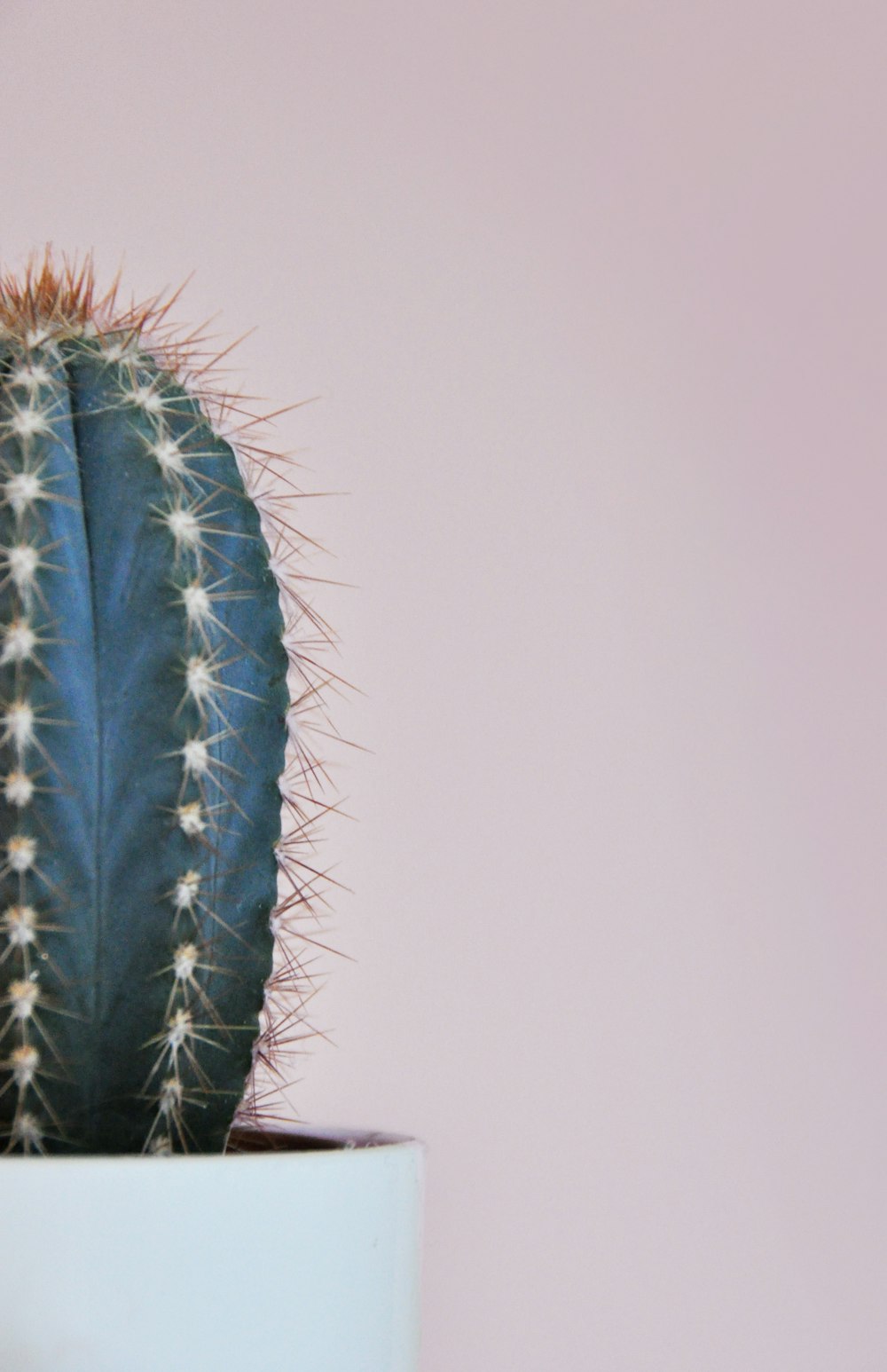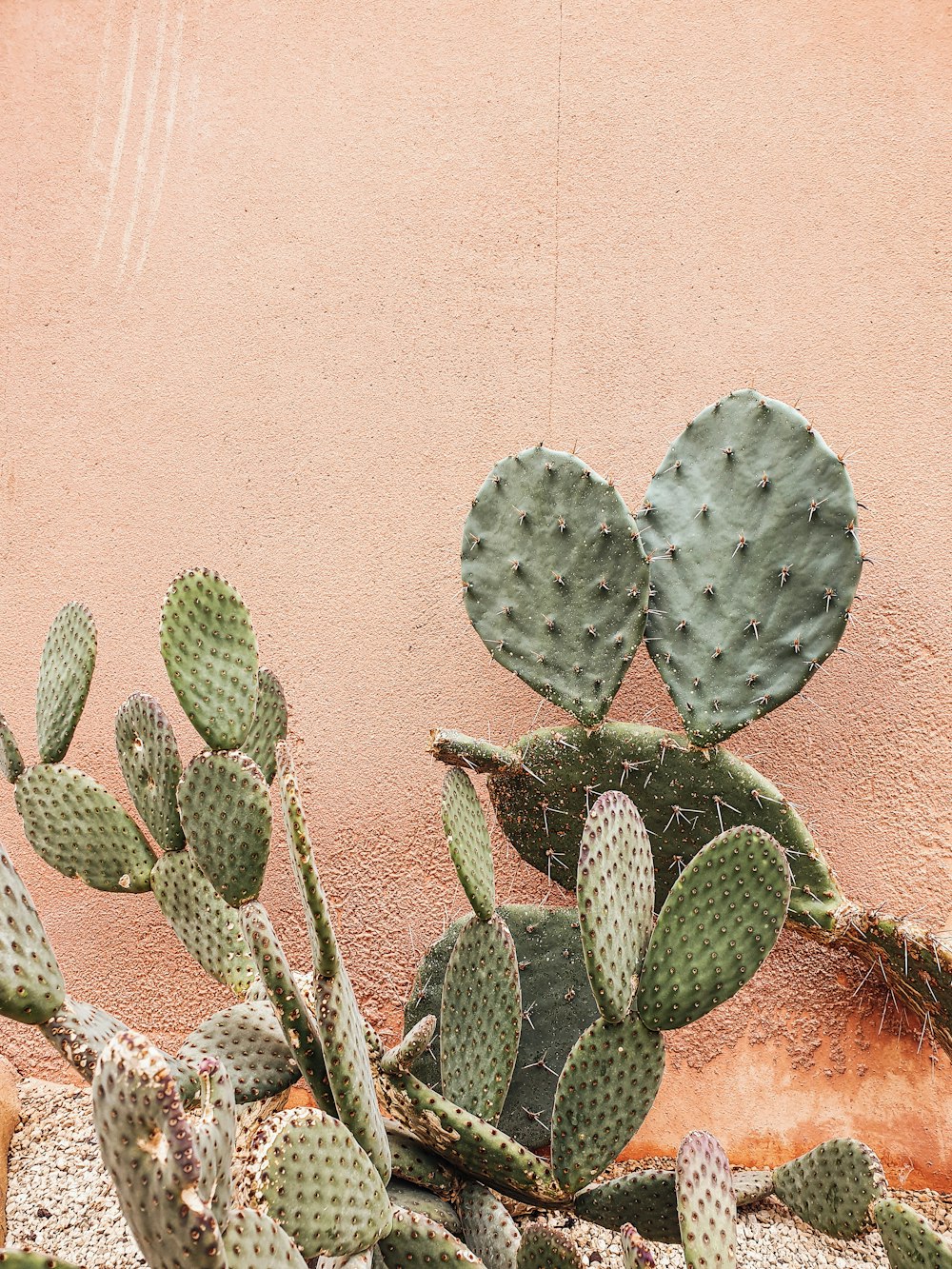How Often Do You Water Succulents Indoors?
How Often Do You Water Succulents Indoors? One of the biggest mistakes succulent growers make is overwatering their succulents. Succulents need time to dry completely between watering sessions in order to thrive and remain healthy.
Instead of adhering to an exact schedule for watering succulents, it is wiser to heed their signs. A general guideline for succulent care: water when soil appears parched and dry.
Grab this free cheat sheet to see when your succulents require additional watering!
Watering Schedule
How Often Do You Water Succulents Indoors? Succulents have water-storing tissues to help them adapt to dry climates and can go long periods without access to moisture, making them ideal for areas with scarce rainfall. As such, succulents don’t require the same stringent watering schedules as most other plants and can often go longer between watering sessions; this means you should monitor them occasionally; if their leaves look shriveled or their soil appears completely parched then it is definitely time to add moisture!
Water succulents early in the morning to take full advantage of sunlight during the day and avoid overwatering which may damage roots and leaves of succulent plants. Furthermore, night time irrigation may leave them sitting in pools of moisture which could result in root rot or mold growth.
When watering succulents, make sure that it is done thoroughly. Never water if the soil feels wet to the touch as this could encourage the development of fungus or other unwelcome organisms in their pot. Instead, use a watering can and pour enough water into its container until all its pores have been saturated; wait a few hours and allow the soil to dry before watering again.
If you’re uncertain when or whether your succulent needs to be watered, using a moisture meter can provide an approximate level of soil moisture. If the soil feels sandy when pressing your finger into it, watering will likely be required.
As your succulent enters dormancy during winter months, its water requirements should become less frequent; you may only need to provide it with some nourishment on occasion. Monitor its soil for moisture as always and empty any accumulated liquid from its saucer in order to avoid fungus growth or other issues.
Temperature
Succulents are widely renowned as being low maintenance plants that even novice gardeners can care for easily, yet their water requirements can be tricky – too little and they shrivel, while too much may kill them off altogether – therefore it is vitally important that this step is handled appropriately.
To prevent overwatering succulents, it’s essential to use fast-draining soil and check its moisture regularly. A reliable indicator for when to water is when the top few inches feel dry – testing this easily with your finger, butter knife or wooden skewer will do.
Temperature can play an integral part in how often to water succulents. Warmer environments will typically need more frequent irrigation due to faster soil drying times in warmer temps.
When watering succulents, make sure that it is done thoroughly and regularly. Too much moisture in the soil can lead to root rot; its difficult for them to absorb any additional moisture when their roots have already been saturated with moisture.
Use a fast-draining potting mix. Many commercial varieties don’t account for this issue and may contain clay or other substances that stop soil from draining quickly, so adding pumice, perlite, or coarse sand to your mix may help rectify this.
As for when and how often to water succulents, it’s best to establish a consistent schedule year-round, except during winter when succulents go dormant and require less watering. On average, non-winter months should be watered every other week while winter months require water once per month – however this depends greatly on weather in your area, sun/shade conditions of succulents in their container, size (larger containers hold more moisture) etc.
Humidity
When watering indoor succulents, humidity must always be taken into account. High humidity levels can lead to rapid evaporation of water from your succulent’s soil surface requiring it to be watered more frequently and often.
Water needs can also depend on the kind of light your succulent receives; succulents require bright indirect sunlight for best growth, so when placing them indoors you should keep this in mind when placing them near windows that face south or west, as this provides the strongest sunlight intensity requiring frequent waterings in comparison to east or north-facing windows.
Succulents have developed several survival strategies to adapt to drought stress, one being the storage of water in their leaves or stems. Because of this, it is crucial that prior to misting succulents it be checked that all surface leaves for moisture before proceeding with misting them.
However, it is still essential to keep in mind that overwatering succulents is detrimental to their health. Therefore, it’s vital to use an irrigation method which ensures soil dries completely prior to watering again – this will help prevent root rot or any other issues which might compromise their wellbeing.
If you’re uncertain of when or how often to water your succulents, a general rule of thumb would be 14-21 days apart and be extra vigilant during warmer months when your succulents may be actively producing leaves.
Winter months call for watering succulents less frequently and sparingly, rather than watering every week or two as recommended in general. Water only when your succulent shows signs of being under-watered (be sure to refer back to our handy cheat sheet above for an idea of when this happens). When watering succulents it is essential that all soil dries completely so as to prevent waterlogging which could potentially cause root rot; additionally, using well-draining and specially formulated succulent and cacti soil may further decrease frequent watering needs further.
Read also: How Tall Does Agave Attenuata Get?
Light
Succulents have an established history of living in dry climates. Yet when brought indoors or into your garden, succulents still require regular watering; excessive or insufficient amounts may lead to root rot, while too little may result in dry out and eventually death of these fragile flowers.
A succulent’s water requirements depend on many factors including season, light conditions and soil type; but as a general guideline it should always wait until its soil has become bone dry before watering again. To easily determine this state of dryness it would be helpful to invest in a moisture meter or use your hands as well as only watering the soil rather than leaves or flowers; any excess should run off without pooling on top as this could lead to root rot or disease.
Watering succulents when they are in full bloom is also important, since this will attract insects that could potentially harm the plant. Furthermore, when growing succulents in pots it is crucial that there is adequate drainage so as not to overwater your succulents and cause overhydration.
Maintaining ideal lighting conditions for succulents is also essential to their success. They should ideally receive at least six hours of direct sunlight daily – something which may prove challenging indoors; therefore, it may be better to move them outdoors or use high-output grow lights as alternatives.
Consideration should also be given to how much light your succulents receive daily when it comes to watering them. While certain species thrive under direct light, others require indirect illumination from south or west-facing windows and must be rotated frequently in order to avoid developing uneven growth.
When it comes to watering your succulents, it’s best to start off by creating and adhering to a regular schedule for watering them. Once this routine has been set in motion, monitor conditions within your home and adjust as necessary.
How Often Do You Water Succulents Indoors:








